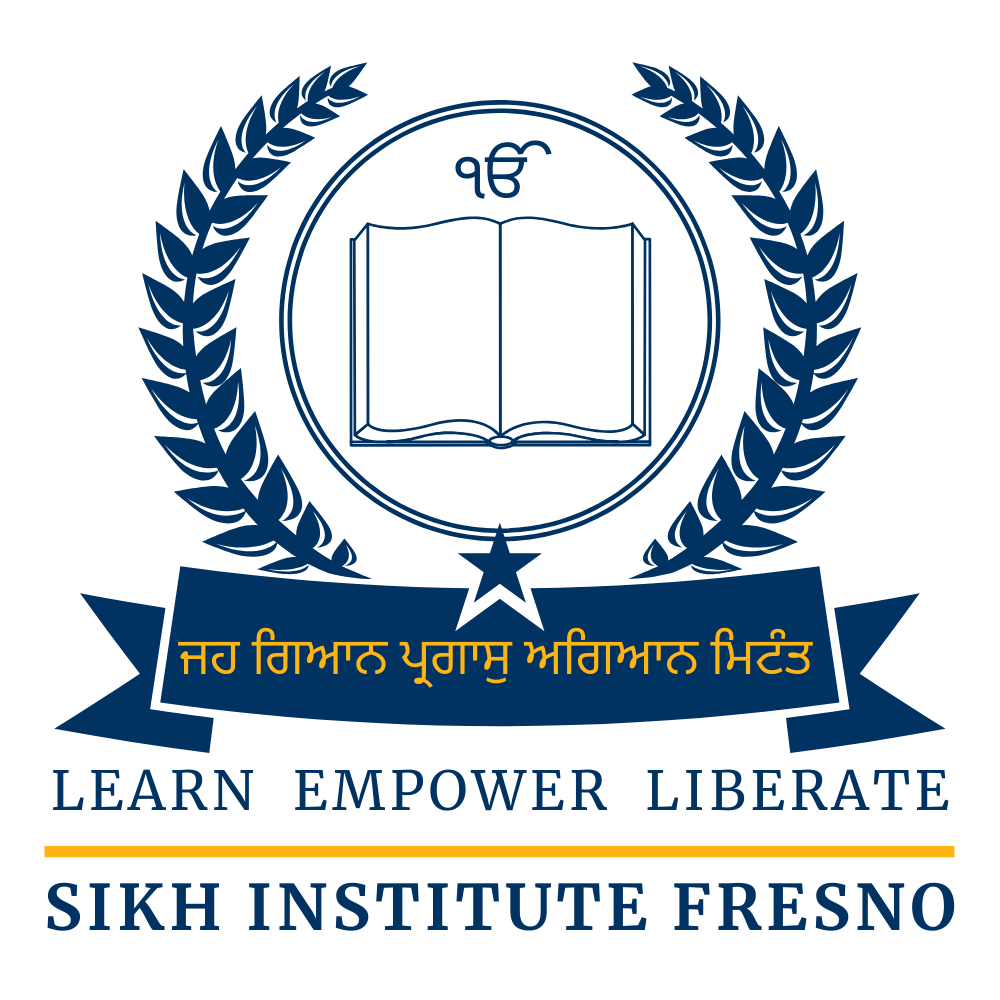A three-story building rising along a Highway 99 frontage road in northwest Fresno — painted the color salmon — is nearing completion and bringing a sense of hope to the area’s Sikh community.
“This project represents a lot of people, from a long time back, wanting to see something like this happen,” says Gurpreet S. Mann, executive committee secretary with the new Sikh Institute of Fresno. “Once it opens, it’ll be remarkable.”
The nearly $10 million Sikh Institute of Fresno, a 48,000-square-foot building on 11 acres on North Parkway Drive, is scheduled to open in January. Officials wanted to open Nov. 30, but they decided to push back the date rather than rush the work.
Sikhism, founded in the 15th century in the Punjab region by Guru Nanak, is the fifth-largest organized religion in the world with about 30 million followers. More than 20,000 Sikhs live in the central San Joaquin Valley and worship at 10 gurdwaras, which are temples.
The new Sikh Institute replaces Gurdwara Singh Sahab of the Fresno Sikh Association on East Dakota Avenue in central Fresno. Officials say the congregation of about 500 has outgrown the temple, which it began using in 1986. The temple, a former church, has a worship hall that accommodates about 250, small classrooms, a small kitchen and outdoor tables for eating together.
The new building features six classrooms, an indoor community eating area, a main hall for about 800 worshippers on the second floor and a library with a computer lab on the third floor. A planned second building will house a free medical clinic for the needy.
“We have so many Sikhs who are doctors here — and they want to donate their services,” Mann says. “Not to just Sikhs, but to everyone.”
The institute is designed to serve the Sikh community’s educational, medical, cultural, social and spiritual needs as well as others.
“It’s not a temple,” Mann says. “It’s emphasizing education — and bringing the whole community together.”
Courses in Punjabi, Sikh history and classical Indian music will be taught in the classrooms. They also will be used for children’s Sunday school classes.
“The classrooms will rival any that you see in schools,” Mann says.
Mann says the institute also is designed to enable Sikhs to fulfill a tenet of Sikhism — “sewa,” which is serving others.
The main hall is designed with five skylights — symbolic of the five gurus initiated in 1669. The skylights are intended to serve as a reminder to Sikhs to serve others.
“We are building something for the next generation,” Mann says. “They expect and want a better facility, so we are providing it. Here, they can think about developing Sikhism’s core values. This will be an anchoring place in their lives.
“Our youth have gone away to good schools — and they are coming back and wanting to give back to the community. Most of us are immigrants. What we’ve done here is because of the system — education and acceptance.”
Mann says Sikhs who are planning weddings already are asking about reserving dates at the institute, which also has special rooms for brides and grooms.
Dr. Parminder Singh Bhatia, a Fresno doctor and institute board member, says the building will become a central point to the Sikh community while providing many services to Sikhs and others.
“The new institute means a new era for us,” he says. “The Sikh temple on Dakota was falling smaller and smaller for us due to the many Sikh immigrants moving to Fresno. The new building will provide us a better area.”
Bhatia also says the institute’s high visibility to Highway 99 motorists is important: “The presence of such a building with Sikh religious symbols on Highway 99 will make people know about the Sikh religion and create a curiosity to know more about our peace-loving community and religion.”
[By Ron Orozco – The Fresno Bee – Published Nov 5, 2012]